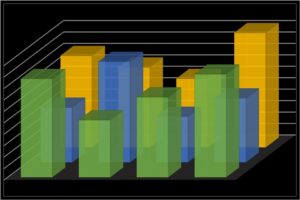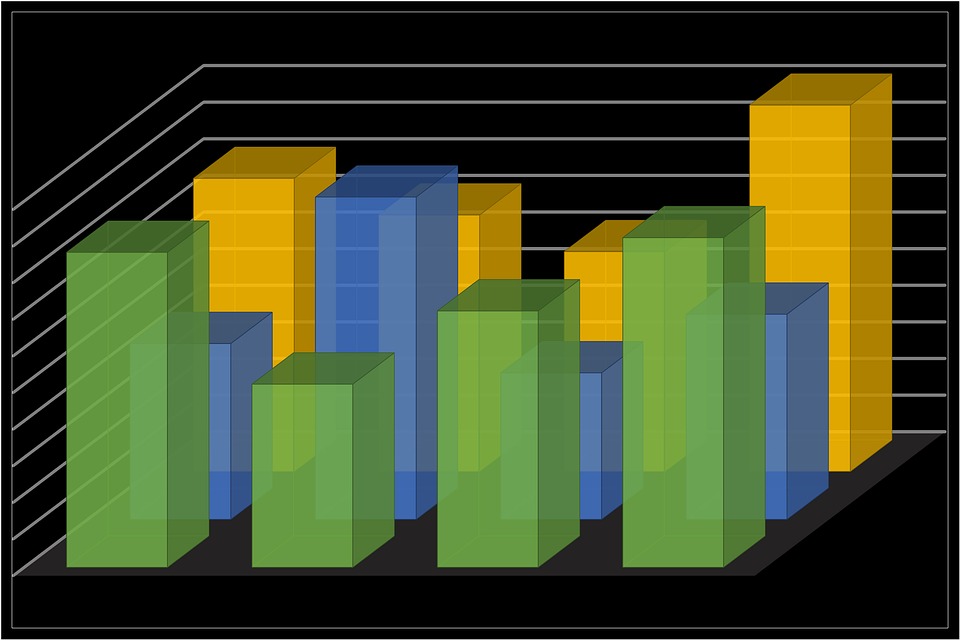
Statistical analysis is the process of collecting, organizing, and interpreting data in order to draw conclusions and make decisions based on that data. It is an essential tool for many fields, including business, economics, and the social sciences.
The first step in statistical analysis is to collect the data. This may involve conducting surveys or experiments, or simply collecting existing data from sources such as databases or published research. It is important to collect data that is accurate, relevant, and representative of the population being studied.
Once the data has been collected, it must be organized and cleaned to ensure that it is ready for analysis. This may involve sorting the data into categories, removing outliers, or transforming the data in some way to make it more suitable for analysis.
Once the data is ready, it can be analyzed using a variety of statistical techniques. These techniques may be used to describe the data, such as calculating the mean or median, or to make predictions or inferences about the population based on the data. For example, regression analysis can be used to predict the value of one variable based on the values of other variables, and hypothesis testing can be used to determine whether a particular relationship exists between two variables.
The results of the statistical analysis should be clearly presented and communicated, so that others can understand the conclusions and the supporting evidence. This may involve creating graphs, charts, or tables, or simply summarizing the results in written form.
Overall, statistical analysis is a powerful tool for making sense of complex data and making informed decisions based on that data. It is essential for many fields and can provide valuable insights that would not be possible without the use of statistical techniques.
(Click HERE to learn more about the benefits and advantages of hiring an Independent Data Analyst.)

